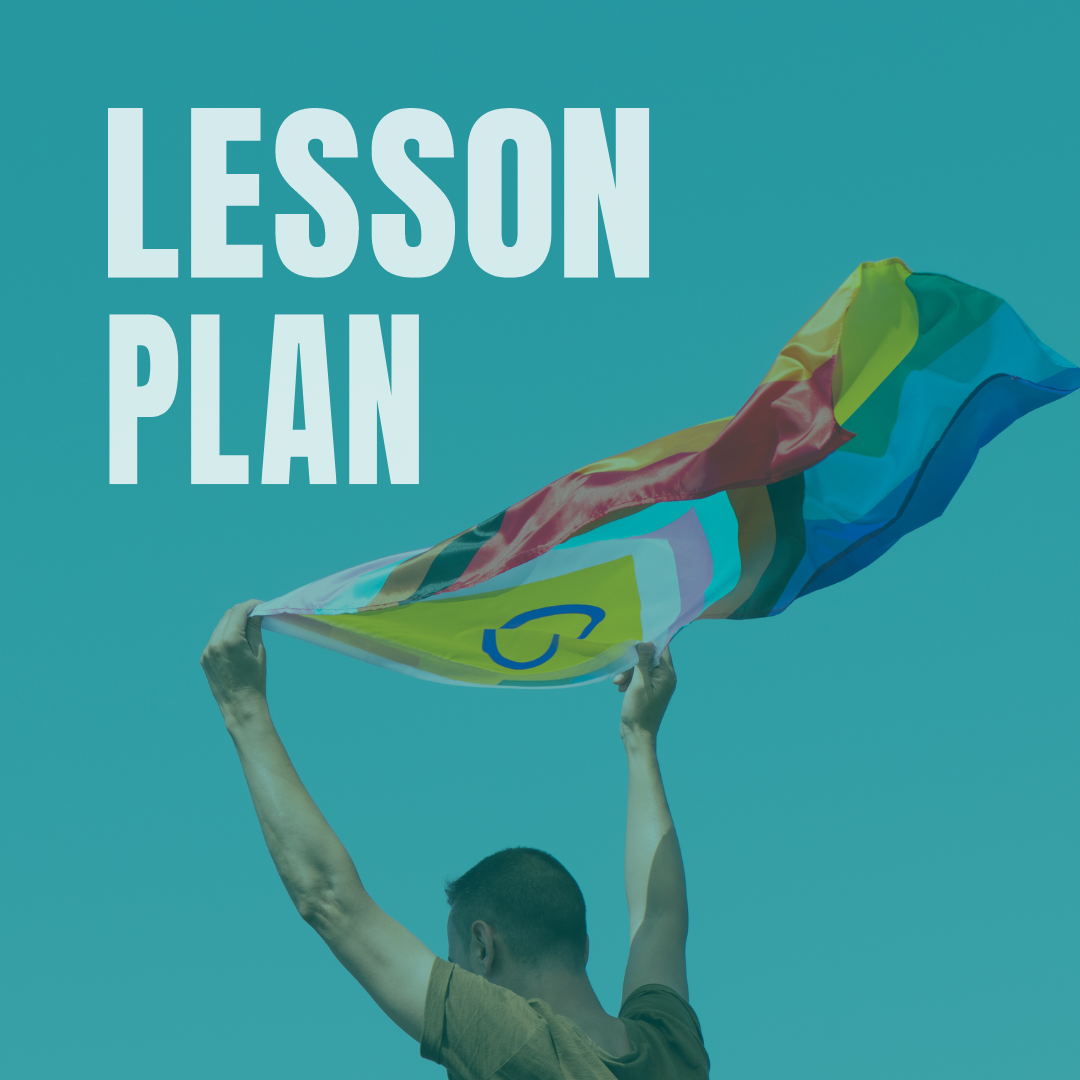
Lesson Plans for Every Classroom
What are you looking for today?

Trailblazers, Changemakers, and Visionaries: Exploring Black History Month
Black History Month is celebrated and commemorated every year in February. In 1926, Dr. Carter G. Woodson organized the first history week and fifty years later in 1976, President Gerald Ford officially recognized "Black History Month" for the first time. The purpose of this dedicated month is to commemorate Black history and culture and celebrate Black individual and group accomplishments and achievements. This lesson provides an opportunity for students to learn more about Black History Month and its history, reflect on the importance of commemorative themed months and consider different ideas about how to commemorate the month and beyond.

What is LGBTQIA+ History Month?
LGBTQ+ History Month is commemorated every year in October and was created in 1994 by Rodney Wilson, a gay high school history teacher in Missouri. Wilson believed that a month should be dedicated to the celebration of gay and lesbian history. October was chosen to coincide with other existing traditions in October, such as Coming Out Day on October 11 and the first March on Washington for Lesbian and Gay Rights on October 14, 1979. This lesson provides an opportunity for students to learn more about LGBTQ+ History Month and its origins, reflect on aspects of LGBTQ+ history to explore and identify one aspect of LGBTQ+ history to research in more depth.
